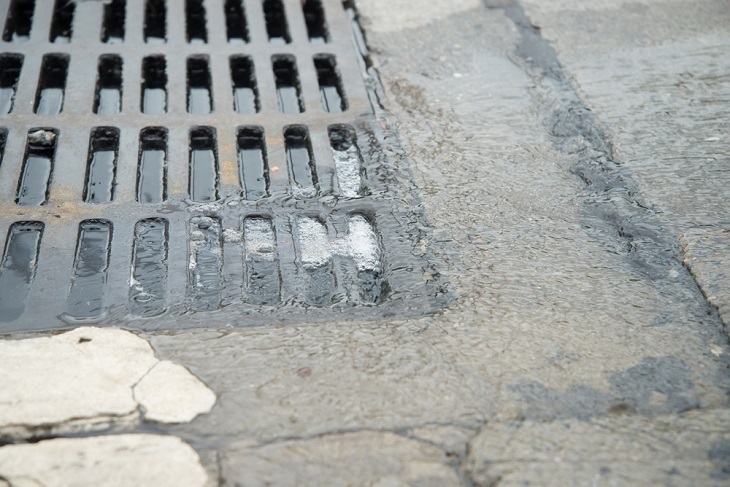Most folks take our drainage for granted; often we assume any issue that arises will be the responsibility of the water supplier. However though, in most cases, you're usually responsible for drains in the boundaries of your property, as the sewerage company is responsible for lateral drains, which are outside of property boundaries, and sewers. Although most sewers are now publicly owned, there are still some private or unadopted sewers. If your premises is served by one of these brilliant, you may be in charge of maintaining it.
So if there is an issue with the drain within your property boundaries then it really is your responsibility, plus they, unfortunately, do block up for a variety of reasons.
Some signs that will help identify a draining issue include:
1. If your toilet, shower, bath or sinks are draining slowly this is likely a concern with the drain itself. Independent drainage issues will be a concern with the fixture itself. The toilet is often the primary driver for a blockage - if flushing the bathroom . causes water to rise in the shower, or running taps causes the water in the bathroom . to rise, then there is a blocked drain on your own hands.
2. Foul smells certainly are a dead giveaway for a blockage, if something has blocked the drain and begun to rot, you'll certainly find out about it.
3. Finally gurgling noises from pipes, drains and plug holes are all indicators of a potential blockage. This is created once the air is trapped in the pipes and waste water displacing it.

Typically the 2 biggest factors behind drain issues will undoubtedly be grease/fat build-up and tree root ingress. read more build up is a large cause for blockage in the national sewer system and it'll affect homes too. When you wash your plates or just pour fat down the sink, the warm liquidated fat will hit the cold outside water in the drains then solidify, over a period of time this will build-up causing a blockage.
Root ingress is harder to avoid, and most likely the biggest cause for blockages in homes. Root issues can be extremely serious and a large reason behind subsidence related problems. Older clay pipes are particularly susceptible to root ingress as they are joined with just sand & cement these joints offer little resistance to fine tree roots which once inside develop into tap roots and root masses which then decrease the internal bore of the pipe.
